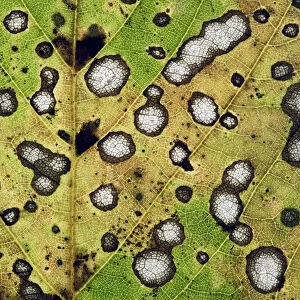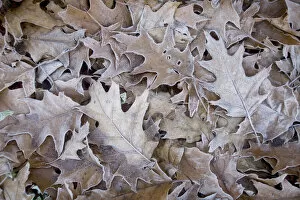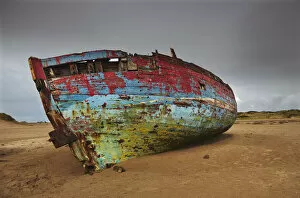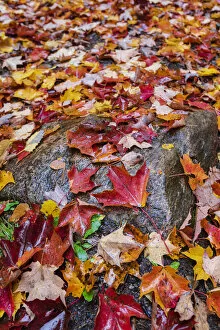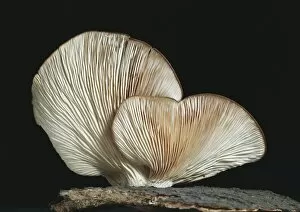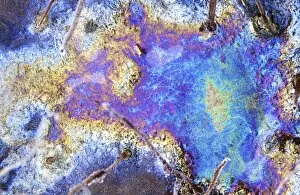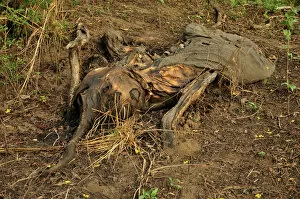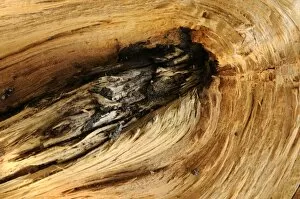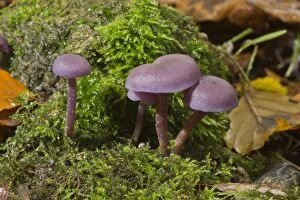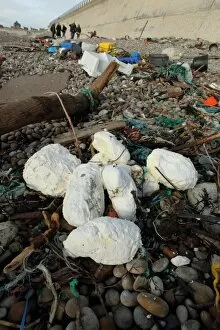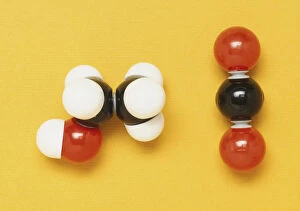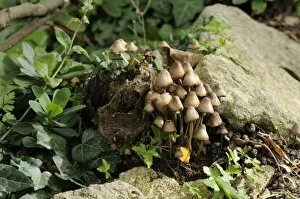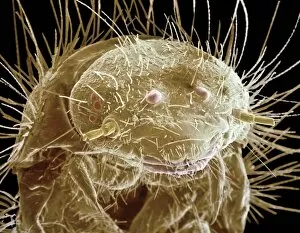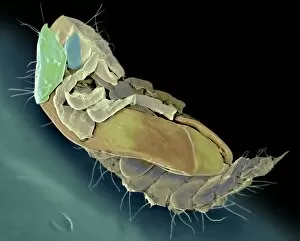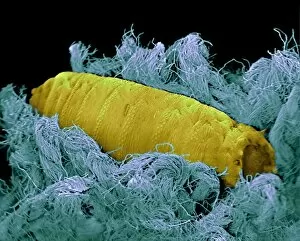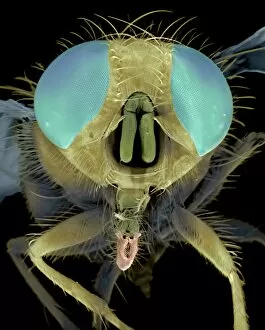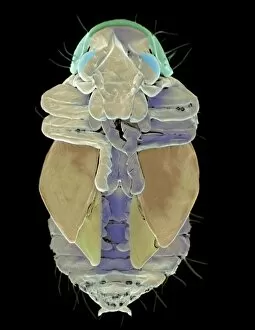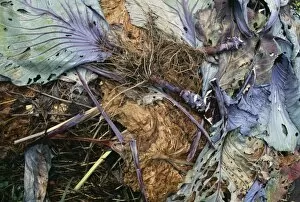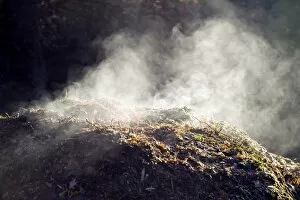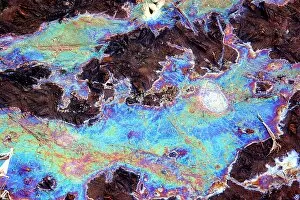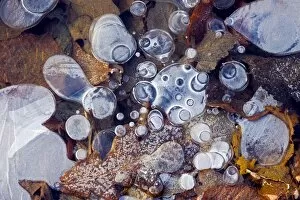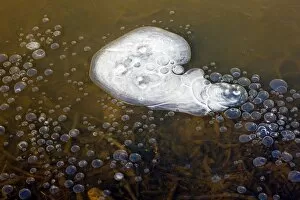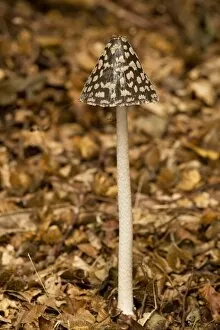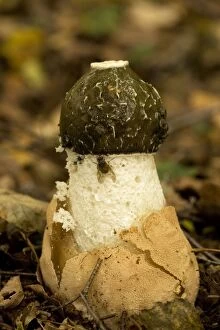Decomposition Collection (#2)
"Nature's Silent Recyclers: The Beauty of Decomposition" In the intricate tapestry of life, decomposition plays a vital role in the cycle of nature. Picture No
For sale as Licensed Images
Choose your image, Select your licence and Download the media
"Nature's Silent Recyclers: The Beauty of Decomposition" In the intricate tapestry of life, decomposition plays a vital role in the cycle of nature. Picture No. 11676103 captures this phenomenon perfectly, with a Natterjack Toad perched on fallen leaves amidst a vibrant display of chestnuts, rainworms, and a trio of mushrooms, and is here that the magic begins. Zooming in closer, we witness the fascinating sight of blowflies laying their eggs under microscopic scrutiny through SEM imaging. These tiny creatures are essential contributors to decomposition, breaking down organic matter into its elemental components. Moving away from insects and onto another mesmerizing spectacle, an interference pattern emerges as oil dances upon water's surface. This captivating image reminds us that even something as seemingly mundane as oil can create breathtaking patterns when interacting with its surroundings. Traveling across continents to Namibia's Giant's Playground, we encounter a quiver tree defiantly growing between weathered rocks. Its resilience mirrors nature's ability to adapt and thrive amidst adversity – even within decomposing boulders lies life waiting to emerge. Returning closer to home, low-angle view reveals Porcelain fungus gracefully adorning a dead Beech tree. This delicate yet resilient organism serves as both an indicator and participant in decomposition processes – transforming death into nourishment for new life. Delving deeper into the world beneath our feet, fungal mycelium spreads like intricate lacework across decomposing leaves. Unidentified but awe-inspiring species showcase nature's ingenuity at work – breaking down complex compounds while weaving connections within ecosystems. Venturing into ancient forests adorned with moss-covered fallen trees in Punia Forest Reserve unveils yet another facet of decomposition's beauty. Here lies evidence of renewal amid decay; fallen giants providing sustenance for future generations. Further north in County Armagh, Northern Ireland stands Clare Glen - home to bonnet mushroom fungi thriving amidst decaying vegetation.


